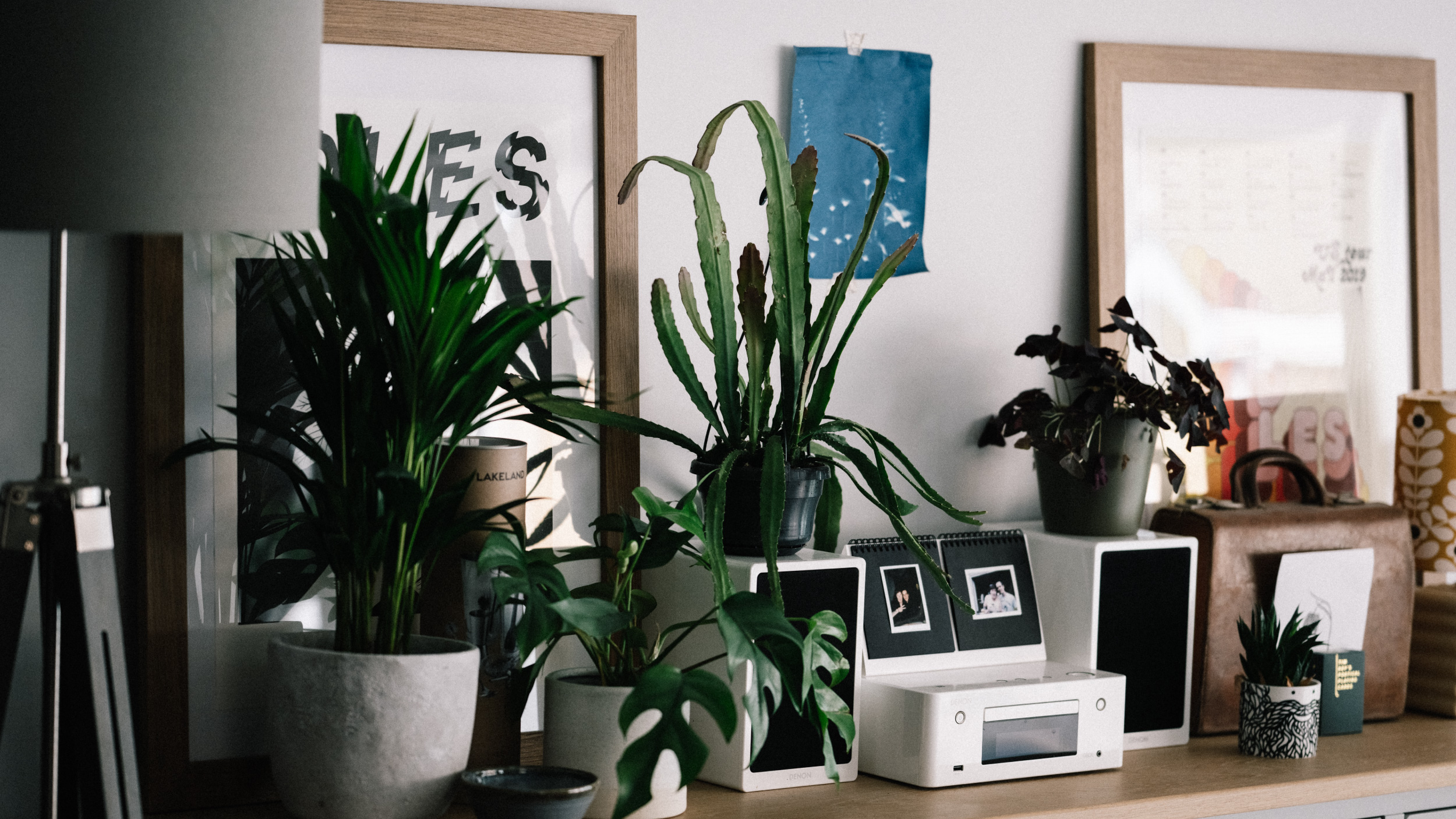Indoor gardening is a great way for college students to bring a bit of nature into their dorm rooms. Not only does it provide a break from the monotony of college life, but it can also be a great way to learn about plants, as well as providing delicious and nutritious home-grown produce. Here are five tips for indoor gardening in college dorm rooms, so you can spice up that university lifestyle!
Get a grow light
If you’re looking to start an indoor garden in your college dorm room, the most important thing to consider is making sure your plants get enough light. A grow light can help supplement what natural light your gardening room may lack.
Different plants require different amounts of light, so it’s important to research the needs of the specific plants you plan on growing and adjust your grow light accordingly. Make sure your light is close enough to your plants for the light to be effective, but not so close that it overheats them.
Start with easy plants
When starting out your indoor gardening journey as a student, it’s best to start with easy plants that won’t require too much effort to care for. There are plenty of options available that are perfect for beginner students gardening, such as bell peppers, cucumbers, lima beans, and radishes.
Lima beans are a great choice since they don’t require a lot of water and can be propagated easily. Radishes can thrive in low-light situations and are also relatively low maintenance. And if you’re looking for a decorative option, spider plants are also an excellent choice since they grow quickly, have low water requirements, and are relatively easy to care for. All three of these plants are great starting points for beginner student gardeners.
Use a self-watering planter
Self-watering planters are an ideal solution for busy college students with dorm gardens. These types of planters hold the perfect amount of water to keep your plants healthy and thriving, so you don’t have to worry about remembering to water them every day.
Self-watering planters also come with a reservoir at the bottom that allows excess water to collect, which can be used to refill the planter when it gets low. Plus, self-watering planters are available in a variety of sizes and styles, so you’re sure to find one that fits your dorm gardening needs.
Keep bugs away
When it comes to gardening tips, keeping bugs away is essential. Pests can be extremely destructive and can quickly ruin your plants. Start by inspecting the plants you buy to make sure they don’t have any insects or eggs on them. Also, choose a location for your plants that is not close to windows or other areas where bugs can enter.
Additionally, you should regularly inspect your plants for signs of infestation such as webbing or discolored leaves. Lastly, if you notice a problem you may want to use insecticidal sprays or more organic methods like boiling rhubarb leaves and using the water as a solution.
Don’t forget about drainage
Drainage is an essential part of indoor gardening. It’s important to make sure your plants have adequate drainage so they don’t die from too much water. Without proper drainage, the roots of your plants can become waterlogged and disease can set in.
To ensure adequate drainage, choose pots with several drainage holes and place a layer of gravel at the bottom, and a plastic water trap underneath. You should also water your plants deeply, but allow the soil to dry out between waterings.
Using a self watering device like mentioned above is also a great way to prevent overwatering. With these tips, your student gardening endeavors will be much more successful!
Be sure to connect with us @ecampusdotcom on Twitter, Instagram, TikTok, & Facebook for more resources, tips, and some great giveaways! And when it’s time for textbooks, eCampus.com has you covered for all your course material needs at savings up to 90%!

